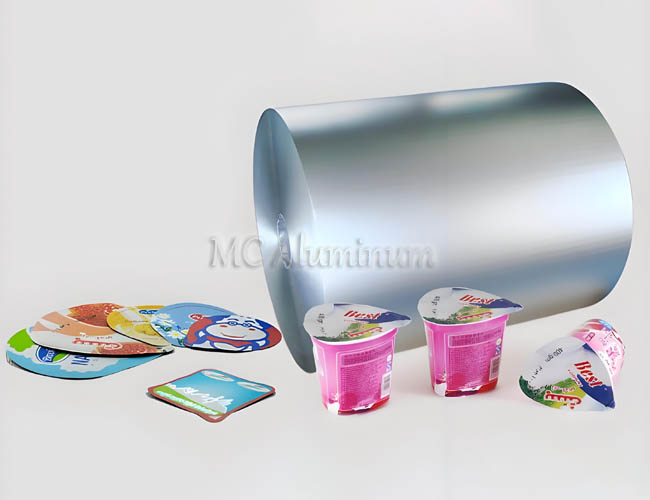What is hard anodized aluminum
Aluminum hard anodizing is a thick film anodizing method, which is a special anodizing surface treatment process for aluminum and aluminum alloys. With this process, the maximum thickness of the anodic oxide film produced can reach about 250 microns. On pure aluminum, a microhardness oxide film of 1500kg/mm2 can be obtained, while on aluminum alloys, a microhardness film of 400 ~ 600kg/mm2 can be obtained. Micro-hardness oxide film. The thermal conductivity of the oxide film layer is very poor, its melting point is 2050°C, the resistance coefficient is large, and the breakdown voltage can reach 2000V after sealing treatment (immersed in insulation or paraffin). It has high corrosion resistance in the atmosphere and has a high It has excellent wear resistance and is also an ideal thermal insulation film layer with good insulation properties.

Commonly used hard anodized aluminum and aluminum alloys include: 2A12, 5052, 6061, 6063, 7075, etc. MC Aluminum can process and produce hard anodized aluminum plates, which are widely used in automobiles, aircraft, mechanical parts, electronic components, optical devices, etc. due to their high hardness, high wear resistance, and high corrosion resistance.
Hard anodized aluminum V&S Plain anodized aluminum
1. Different hardness
Hardness: Normal oxidation is generally HV250--350, hard oxidation is generally HV350--550.
2. Different temperatures
Generally around 18-22℃, with additives it can reach 30℃. If the temperature is too high, powder or cracks may easily appear. Hard oxidation is generally below 5℃. Relatively speaking, the lower the temperature, the higher the hardness.
3. The thickness of the oxide film is different:
The thickness of ordinary anodized film is 5-20μm, and the thickness of hard anodized film can reach 50-200μm.
Features of hard anodized aluminum:
1.Super wear resistance
2.Good insulation
3.Extremely strong corrosion resistance
4. Strong adhesion ability
5. Non-toxic, environmentally friendly and recyclable







Contact Us